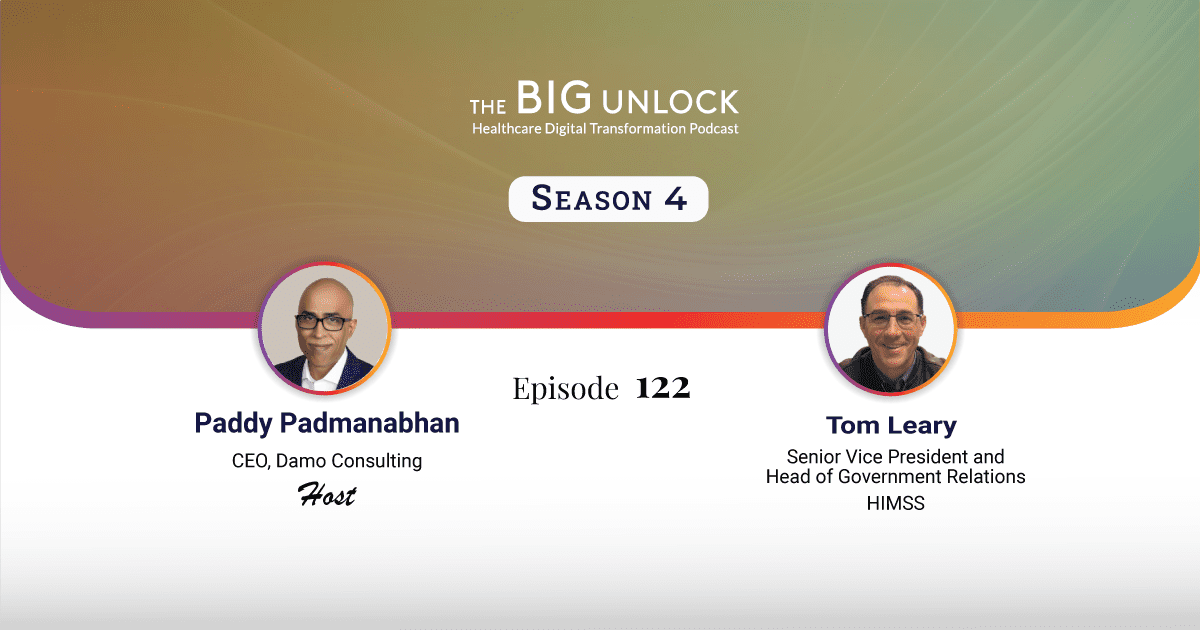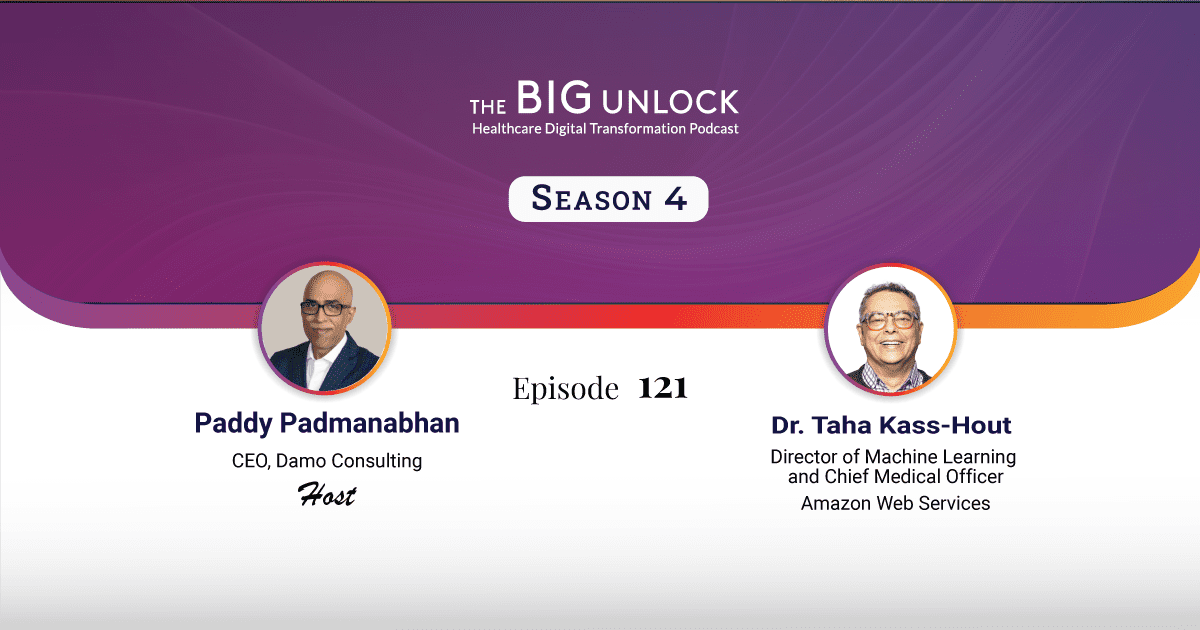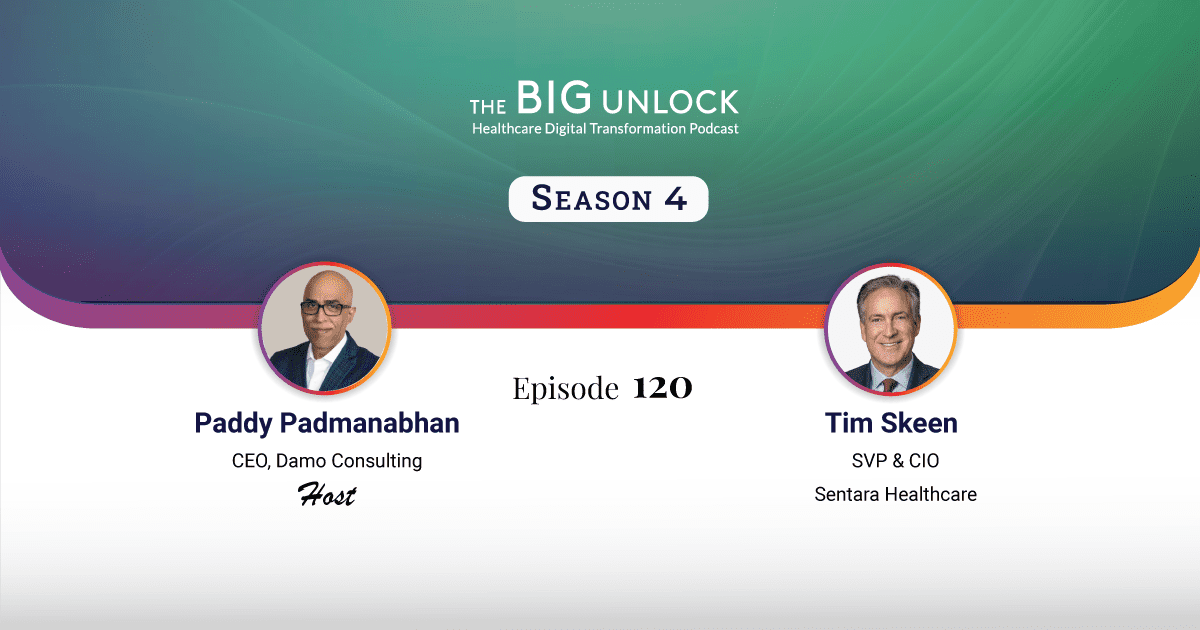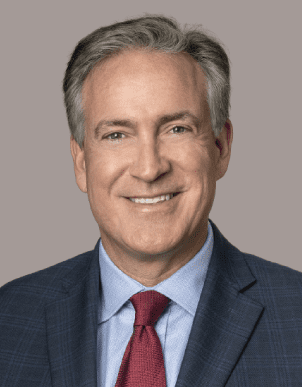Season 4: Episode #122
Podcast with Tom Leary, SVP and Head of Government Relations, HIMSS
"By and large, public health IT infrastructure is glaringly 20th century."
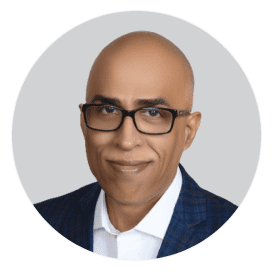 Hosted by Paddy Padmanabhan
Hosted by Paddy Padmanabhan 
Share
In this episode, Tom Leary discusses the recently published report by HIMSS titled “Public Health Information and Technology Infrastructure Modernization Funding” which recommends over $36 billion worth of investments over the next ten years in public health technology and infrastructure modernization. Tom unpacks the report to discuss why they have published the report now, what it means, and what the opportunities are from a public-private collaboration and partnership standpoint.
Tom also discusses the challenges of implementing the modernization, including interoperability and the siloed nature of data in our public health infrastructure, workforce training, and more. He shares his thoughts on how this modernization program can present new opportunities for health systems and technology providers. Take a listen.
Show Notes |
||||
| 00:49 | HIMSS published a report recommending $36.7 billion in public health technology. Why have you published the report now? | |||
| 06:11 | When you say public health, what do you include in that - state, local, federal? | |||
| 07:45 | Can you help break down the $36.7 billion between the different components? What’s the time frame you’re recommending in the report, and what are your immediate priorities? | |||
| 09:35 | You've highlighted glaring gaps in our current public health infrastructure. How does the United States compare with other OEC countries in this regard? | |||
| 13:37 | This is a massive modernization effort going on and there will be the challenges from the implementation standpoint. What’s the big lift when the government decides to find the funding and launch the program? | |||
| 18:28 | You mentioned the workforce challenges and their enablement. How much can a government really staff up on its own, given the scale and scope of what we're trying to accomplish here? Is there a role for a meaningful public-private partnership here? | |||
| 20:58 | What about the information and data security aspects of our current fragmented infrastructure? How does your report's recommendation address that aspect? | |||
| 24:28 | What is the big takeaway from this report for health systems and technology executives? | |||
About our guest
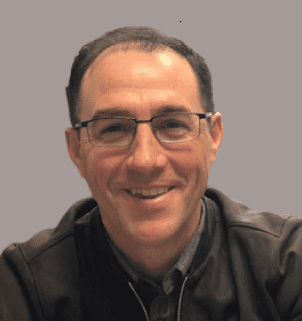
Tom Leary is Senior Vice President and Head of Government Relations for HIMSS (Healthcare Information and Management Systems Society), where he leads the organization’s digital health policy development to achieve One HIMSS voice that transforms healthcare delivery around the globe. He guides HIMSS strategic engagement with government and membership through policy analysis and outreach to establish and support priority engagements and strategies to achieve the HIMSS vision to realize the full health potential of every human, everywhere.
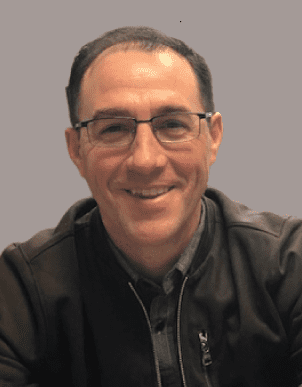
Tom Leary is Senior Vice President and Head of Government Relations for HIMSS (Healthcare Information and Management Systems Society), where he leads the organization’s digital health policy development to achieve One HIMSS voice that transforms healthcare delivery around the globe. He guides HIMSS strategic engagement with government and membership through policy analysis and outreach to establish and support priority engagements and strategies to achieve the HIMSS vision to realize the full health potential of every human, everywhere.
Tom also serves as the executive director of the HIMSS Foundation, the philanthropic arm of HIMSS, which enriches the public discourse on public policy; advances clinical informatics and data science education; presents undergraduate and graduate scholarships; and fosters partnerships to advance equity, access, and inclusion in the healthcare information and data science workforce.
Tom is a proud member of the Leary Bunch from Wanaque, NJ. He lives in Falls Church, VA with his awesome educator wife, Day, and sons, Jackson Thomas and Marcus Paul, who are his current and future heroes!
Q. My guest today is Tom Leary, Senior Vice President, Government Relations at the Healthcare Information and Management Systems Society (HIMSS). HIMSS recently published a report you co-authored, which recommends $36.7 billion to be invested in public health technology infrastructure modernization. My question is why now?
Tom: We started our journey in 2018 and some of our staff had said that public health was supposed to be phase 2 of high tech back in 2010. But we were heading into 2019 with no real, specific investment in public health infrastructure. We had gotten into a problem where CDC had 159 different systems that all talked to themselves rather than with each other organization-wide. This was a real problem that HIMSS needed to be lead on. We started that journey by launching ‘Data: Elemental to Health’ campaign in 2019 even as the measles outbreaks commenced across Washington State, New York and Kentucky and others. At that time, the CDC director, Dr. Redfield said, “I’ve got a real problem. I can’t respond to this information, because I’ve got 2015 data in early 2019. And only one specific staff member who can help me analyze this.” That’s how the conversation started a full year ahead of the pandemic.
If you look at the data campaign and this report, the specific focus is on some key areas that this report takes to a different level. What we’ve learned through the pandemic and why this report is so important right now, is that as we set up our clinical response in hospitals and clinics country-wide, they were able to respond pretty rapidly by adding telehealth, remote patient monitoring and other capabilities. That’s because we invested in the EHRs and other health IT solutions through the meaningful use program.
However, the public health community couldn’t keep up for it didn’t have access to the data of report-after-report or anecdotal representation of the COVID testing clinics that were set up in parking lots, of staff taking down vital information, case reporting, important data being put in the EHRs for the hospitals and clinics to use. In order to report it to public health, they had to write down the information and then, fax it to the public health department time-after-time. That’s really what the anecdotal evidence pointed to.
Now, some communities were further ahead than others. While public health IT infrastructure was glaringly 20th century or even late 19th century information gathering, the clinical setting was well into 21st century solutions. In terms of response times, or being able to revert to the patients on a positive test, and what public health could or could not do to help them, everything was dramatically slowed down by their inability to have great technology available to them — technology that was absolutely available in the marketplace but not available to the public health setting.
That’s really what prompted us to write the report. We’d made the investment at the clinical side ten years ago but what did the public health community need? It took us longer than we had anticipated but the results of the four-month review in multiple interviews across the United States afforded us the opportunity to gather the information that’s needed, the $36.7 billion that we’re recommending.
Q. When you say public health, are you including the state, local, federal in that definition?
Tom: For this report, we’re primarily focusing on the state, territorial, local, and tribal requirements as part of the data campaign initiative. We’ve been pushing for funding for the CDC to help to modernize their systems, as well as have them work with their partners at the state and local levels.
But this report takes the conversation one step further and answers the question that we’ve heard from appropriators and policymakers across the country. What are we really talking about? When we were asking for $1 billion over ten years as compared to IT systems already implemented – federally, at the DOD or VA and EHR modernization or some of the efforts that are underway in health systems across the country — that was really just scratching the surface. The question became, what do we really need to invest at the state, territorial, local, and tribal levels? That’s where this report came from.
Q. Can you help break down the $36.7 billion between the different components? What’s the time frame you’re recommending in the report? What are your immediate priorities?
Tom: We break down the report into two phases — the first five years address key areas such as, electronic case reporting, electronic lab reporting, immunization registry, immunization information sharing, and modernization of vital records and the second phase is for workforce development for which there’s an investment of over $25 billion at the state, territorial, local, and tribal levels in order to get them up to speed and really be equal partners with the clinical with the traditional clinical side of healthcare delivery here in the U.S. Then, we look at the EUR 6 through 10 establishing a true learning health system within healthcare to include public health as well as other key, long-range Investments that result in the remaining $10 billion investment.
Q. These are big numbers and you’ve highlighted pretty glaring gaps in our current public health infrastructure. How does the United States compare with other OEC countries in this regard?
Tom: Our sense is, it’s because the care delivery models are a little different. From a population and public health perspective, other countries go at it with much more of a coordinated effort. I’d say some of the population health investments that we’re hoping to make in the prevention aspects in the U.S. is just part of the fabric of healthcare delivery in other countries.
On the flip side, as seen in some recent reports, recent work that HIMSS has done in Europe and Asia and a little in Latin America, the United States has made the investment, particularly on the clinical side, through the high-tech acts in 2010 through 2020 timeframe, and that’s given us a great foundation to be able to respond.
What we’re seeing in the EU for instance is, they’ve created a European Recovery and Resilience Fund to help countries begin or improve their digital health transformation, so that they have the foundation to then be able to build on the pandemic response.
In the United States, the investment in the meaningful use program, particularly the hospital, clinic, and provider setting enabled us to layer on top of all that technology, the telehealth and remote patient monitoring services that improved access or kept access high. It also kept people safe from being unnecessarily exposed to the COVID 19. The same cannot be said for all places around the world. They’re therefore suggesting that similar foundational investments need to be made.
Q. Even a country like in India, for instance, has a massive effort underway right now to build this common infrastructure via the National Patient Registry among other initiatives.
Tom: Lav Agarwal was the Secretary, the Global Digital Health Partnership (GDHP), established, about four years ago. He and the Indian government really made some great strides and we’re thankful for all the work that they’re doing in India, being able to compare and contrast what’s happening globally.
Q. This is a massive modernization effort but what will be the challenges to implementation? What’s the big lift when the government decides to find the funding and launch the program?
Tom: It will be twofold, really. I’d say, we’ve got the executive order from the President and that’s required the Office of National Coordinator and the CDC to work basically attached at the hip over the last year and a half. They’ve selected two great leaders — Mickey Tripathy, a longtime HIMSS member and an advocate for interoperability from his days in Massachusetts. Then, there’s Daniel Jernigan, who is no stranger to the technology advancement needs of the broader public health community. He has a lot of the experience having worked in HL7 workgroups etc. That’s the first step of making sure that the two agencies are working very closely together and in partnership with the public health community. I think it’s a dramatic improvement over what we saw in 2020 with respect to the initial response to the pandemic in what seemed to be a very fragmented approach. The second issue that’s going to be really a challenge, particularly at the public health, at the state, territorial, local and tribal levels is workforce development. You can have an influx of technology capabilities, but if you don’t have the data analytics capabilities, whether it’s on staff or a hub and spoke approach between the state and the local public health departments, you really need to make sure that the funding and the workforce are available.
With respect to where it’s headed, there’s been a lot of conversation at the CDC consortium about what the infrastructure looks like and equally importantly that a career in data analytics, in health care is something worth pursuing. It’s also critical to understand that a data analytics career in the public health setting is just as rewarding part of what the administration and Congress have done over the last year and a half. I’d say that the tail end of the Trump administration is looking at those workforce issues and so, the development and release of funding for this new center within CDC on pandemic and natural disaster health forecasting implies emphasizing and ensuring that the data can be shared between CDC and the local and state communities. That is a great new investment that came in with the Biden administration and Congress’s funding.
Secondly, this new omnibus with the ARPA-H, modeled on the Defense Advanced Research Program Agency is a new one for health care which will have tremendous impact not only on the NIH community — we would anticipate this as we saw Francis Collins in the tail end of his career with his tenure at NIH – but also, for the CDC and the public health community.
Q. You mentioned the workforce challenges and their enablement. Without making this a political question, how much can a government really staff-up on its own, given the scale and scope of what we’re trying to accomplish here? Is meaningful public-private partnership possible?
Tom: You’re right and again the answer’s twofold really. It’s got to be a public-private partnership. We learned a lot from the meaningful use program and I go back to it for the historian in me wants to look at the programs and what we learned from them to ensure the next set of programs works great.
What we’ve learned is, it’s got to be a public private partnership. There’s an opportunity, whether it’s cloud providers who have been right in there or the CDC consortium conversations with the ONC. The question is how can we help public health leapfrog into the 21st century using the right technology? It’s the systems integrators who have years of experience working with the states and the CDC. It’s got to be a public-private partnership because the government can’t do it by itself and the overall high-tech program that we should be taking into this new phase is not familiar to the public health departments. They have neither expertise to purchase the right equipment nor to hire the right staff. If they can work in partnership with the experienced private sector, whether it’s similar to the old regional extension center program or a collaboration of sorts, it will decrease the time to decision-making, lower the costs and sidestep the unnecessary challenges.
Q. What about the information and data security aspects of our current fragmented infrastructure? How does your report’s recommendation address that aspect?
Tom: From the security aspects, if it’s not highlighted in the report, then, shame on us. What HIMSS has been saying for the last five or six years is that we’ve learned a lot of lessons by reiterating that information sharing is a key, and provider and patient need access to such data but you need to make sure that its transmitted in a secure way.
HIMSS was a big, first voice in the health care community calling for what is now the 405 C and D report components of the Cyber and Infrastructure Security Act of 2015. We made sure health care was involved. There’s now a great collaboration between large organizations and less funded or less-resourced organizations on information sharing, cyber, and the health sector. The Coordinating Council Cybersecurity Task Force that we helped advance is a great example of what the public health community needs to be thinking about with respect to cybersecurity. Healthcare must be a focus for tech development because state-sponsored and independent bad actors are targeting it and we’d be absolutely remiss if we didn’t make sure that security was front and center in the discussion.
Giving credit to our friends at the council, state, and territorial epidemiologists, the American public health labs, and the CDC, I’d say, they have been banging the drums over the last 12 months making sure that cyber is part of the discussion, in the very beginning of the framework, so, HIMSS and our partners believe and drive that. I’ll say, just before we go off of that, that’s if it’s not there, that’s a great reason for version three of the report to be put out in the next six months. Hopefully, the number will continue to rise.
Q. What is the big takeaway for our listeners from this report?
Tom: The big takeaway is that it’s time for public health to be an equal partner with the clinical setting. It’s going to take a public-private partnership in order for us to make that investment to level the playing field between clinical, traditional and the public health settings.
If we’ve learned anything from the pandemic, the measles outbreak and the e-cigarette challenges of 2019, it’s that siloed approach to public health, a reactionary approach, is not going to get us the kind of success we’re looking for in the US. This report really calls on the investment not only at the federal level, but truly at the state, territorial, local, and tribal levels, so that everyone has the technology, and the people they serve have equal access to the best available care and the best response times. That’s the big takeaway.
We hope you enjoyed this podcast. Subscribe to our podcast series at www.thebigunlock.com and write to us at info@thebigunlock.com
Disclaimer: This Q&A has been derived from the podcast transcript and has been edited for readability and clarity
Recent Episodes
About the host
Paddy is the co-author of Healthcare Digital Transformation – How Consumerism, Technology and Pandemic are Accelerating the Future (Taylor & Francis, Aug 2020), along with Edward W. Marx. Paddy is also the author of the best-selling book The Big Unlock – Harnessing Data and Growing Digital Health Businesses in a Value-based Care Era (Archway Publishing, 2017). He is the host of the highly subscribed The Big Unlock podcast on digital transformation in healthcare featuring C-level executives from the healthcare and technology sectors. He is widely published and has a by-lined column in CIO Magazine and other respected industry publications.

